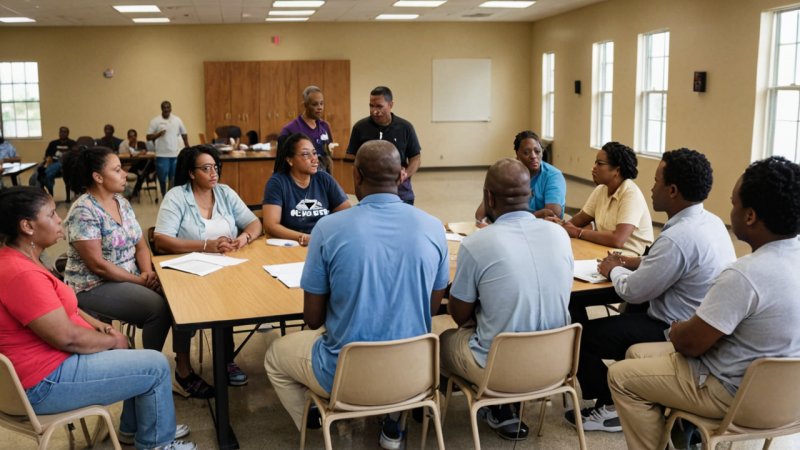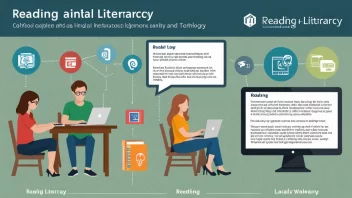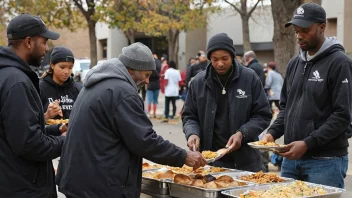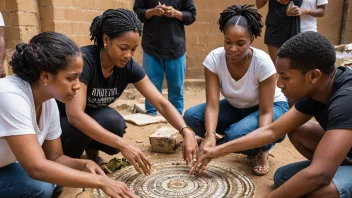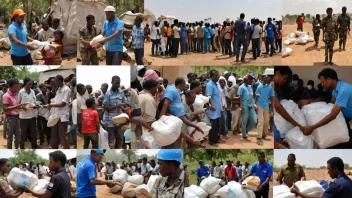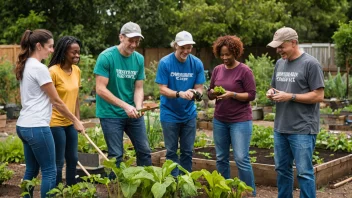Introduction
In the face of disasters, whether natural or man-made, communities often find themselves at a crossroads. The path to recovery can be complex and fraught with challenges. However, empowering communities to lead their own recovery processes is essential for fostering resilience and ensuring sustainable outcomes. Here, we present seven key strategies that can help facilitate community-led recovery processes, providing a roadmap for those looking to make a meaningful impact.
1. Engage Community Stakeholders
Involving a diverse range of community members is crucial. This includes local leaders, organizations, and volunteers who understand the unique dynamics of the community. By fostering an inclusive environment, you ensure that all voices are heard and valued.
Key Actions:
- Organize community meetings: Create platforms for dialogue where stakeholders can share their experiences and insights.
- Form partnerships: Collaborate with local NGOs, government agencies, and businesses to pool resources and knowledge.
2. Assess Community Needs
Understanding the specific needs of the community post-disaster is vital. Conducting assessments helps identify priority areas for recovery and ensures that efforts are targeted effectively.
Key Actions:
- Surveys and interviews: Gather qualitative and quantitative data from community members to gauge their immediate and long-term needs.
- Focus groups: Organize discussions with various demographic groups to understand their unique challenges and aspirations.
3. Empower Local Leaders
Local leaders play a pivotal role in recovery processes. Empowering them with the necessary skills and resources can significantly enhance the effectiveness of recovery efforts.
Key Actions:
- Training programs: Offer workshops on leadership, project management, and conflict resolution.
- Mentorship: Connect local leaders with experienced professionals who can provide guidance and support.
4. Foster Collaboration and Networking
Encouraging collaboration among various community groups can lead to innovative solutions and a stronger recovery effort. Networking helps share resources and ideas.
Key Actions:
- Community forums: Host events where different groups can come together to discuss recovery strategies.
- Online platforms: Create digital spaces for ongoing communication and resource sharing among community members.
5. Implement Sustainable Practices
For recovery to be truly effective, it must be sustainable. This involves integrating environmentally friendly practices and ensuring that recovery efforts benefit the community in the long term.
Key Actions:
- Green infrastructure: Encourage the use of sustainable building materials and energy-efficient designs in reconstruction.
- Education on sustainability: Provide training on environmentally friendly practices and their benefits.
6. Monitor and Evaluate Progress
Regular monitoring and evaluation of recovery efforts are essential for understanding what works and what doesn’t. This helps in adjusting strategies as needed and ensuring accountability.
Key Actions:
- Set measurable goals: Define clear objectives and indicators for success.
- Feedback loops: Create mechanisms for community members to provide input on the recovery process and outcomes.
7. Celebrate Achievements
Recognizing and celebrating milestones in the recovery process can boost morale and foster a sense of community pride. It also encourages continued participation and investment in the recovery efforts.
Key Actions:
- Community events: Organize celebrations to acknowledge the hard work of community members and the progress made.
- Share success stories: Highlight individual and collective achievements to inspire others and reinforce community solidarity.
Conclusion
Facilitating community-led recovery processes requires a multi-faceted approach that prioritizes engagement, empowerment, and sustainability. By implementing these seven strategies, individuals and organizations can play a crucial role in supporting communities as they navigate the challenges of recovery. Together, we can foster resilience, encourage collaboration, and ultimately help communities thrive in the aftermath of disaster.
